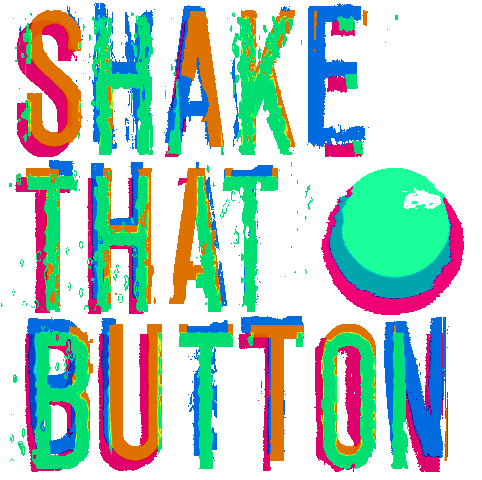By metonymy, the term “video game” refers both to the game and to the controllers used to play them. By metonymy as well, the term “alternative controllers” refers both to non-traditional controllers and to the games they allow to play.
Traditional controllers are keyboards, mouses, gamepads, touchscreens as well as wiimotes, kinects, PS moves…In short: every controllers built by video games manufacturers, those you can buy, and those generally associated to the idea of video game. Alternative controllers are the other ones, every other ones, any other ones.
Alternative controllers can be:
–Custom DIY controllers, crafted from scratch by the developers. They can be absolutely anything: giant gamepads (Gigantomachie), masks (HOMIES) or even custard bowls (Punch The Custard).
–Hijacked traditional controllers: mutilated keyboards (BEAK BEAK), remote-controlled gamepads (Deluxe Turbo Racing 360), multiple mice (Holy Shit!)
–Arcade cabinets, in the broadest sense of the term. Once again, their main difference with regular arcade cabinets are the controllers they use, being as diverse as a webcam (Lupa), a microphone (WOOORRK) or a piano (Doom Piano).
–Installations, video games that could sometimes be played with traditional controllers but which rely a lot on their setting, designed and crafted by the developers themselves. They can be whole rooms (Edgar Rice Soirée), cubicles (Prepare to Meet thy God) as well as a piece of street (Boulevard Descat).
–Playful performances, the missing links between games and live performances. Every game can become a performance as soon as there’s a crowd to watch but some of them, like Take Control, Lovebirds or Hit me are exclusively designed to be played in public.
–Playable at home. Some alternative controllers are actually played with regular controllers, but in a twisted and innovative way. Those games, like SpaceTeam, Sentree or B.U.T.T.O.N can be bought and played anywhere as long as you’ve got the required controllers.
All these games are designed to make us play differently, not only with our fingers but with our whole body, to make us experience new feelings regular controllers can’t provide. They also have in common to be difficult of access (except maybe for the last category): you can’t just download alternative controllers and enjoy them in your living room. In order to play them, you need to go to festivals, museums, bars, anywhere they are displayed.
This last point has two main consequences. The first one is to get the video game out its traditional settings, to bring it to public places, to cultural institutions, even to the street. The second one is that all these games are condemned to ephemarility. Some of them are one-time performances, some others will go from festivals to festivals, but eventually, they’ll probably all end up in their makers’ closets, because those ones have new ideas, new games to show to the world.
The goal of Shake That Button isn’t to remove this ephemeral aspect, which is part of alternative controllers’ beauty, but to take an inventory and document those games for them to leave a trace in the video game history they continue to write.
Learn more about alternative controller games in Mechbird’s video :
